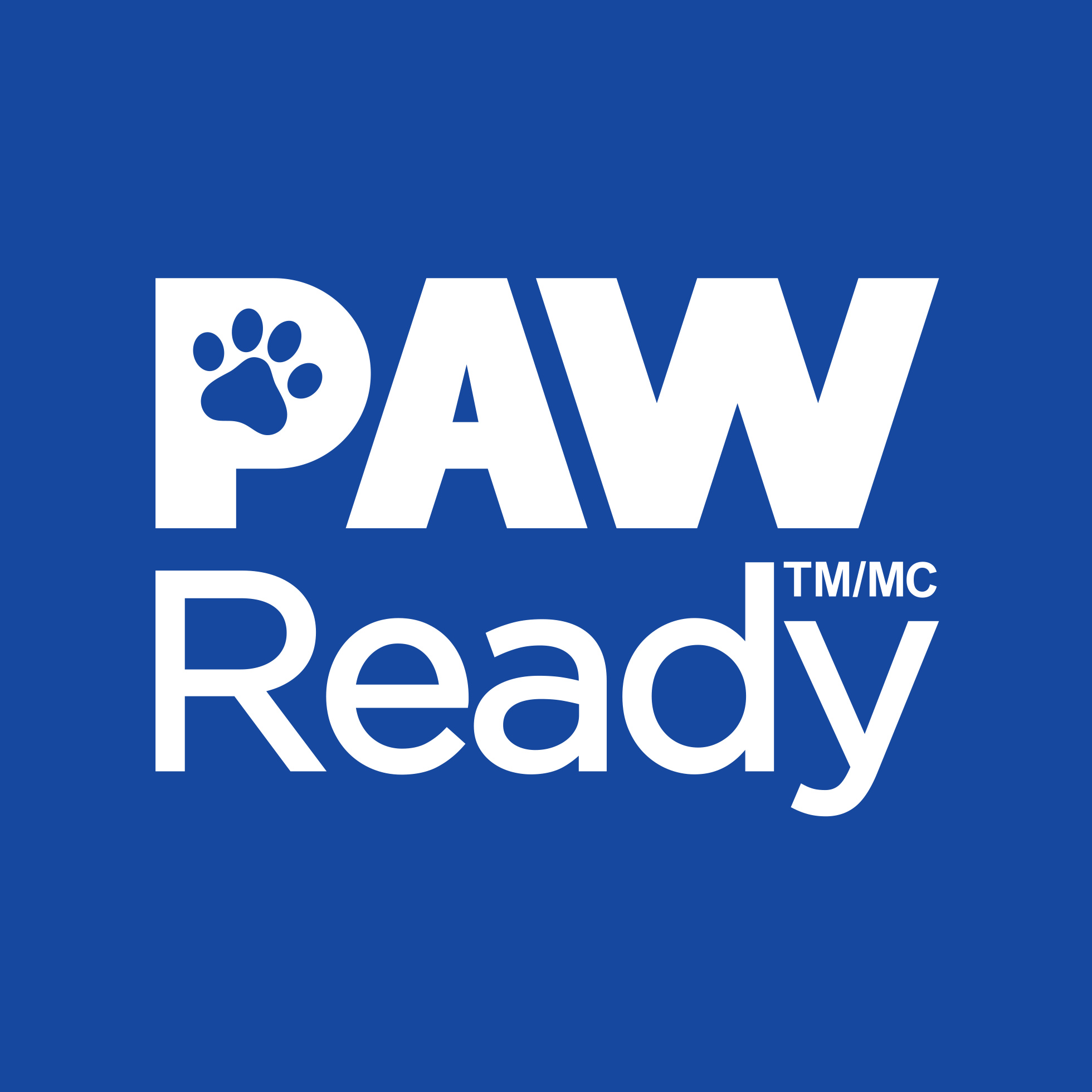How to Brush Your Dog’s Teeth When They Refuse
Maintaining good oral hygiene is crucial for your dog’s overall health, yet convincing them to embrace tooth brushing can be a challenging task. If your furry friend turns their nose up at the toothbrush, fear not—this blog will guide you through effective strategies to make the dental care routine a positive experience for both you and your canine companion. How to Brush Your Dog’s Teeth When They Refuse.
1. Introduce the Toothbrush Gradually:
Start by letting your dog sniff and explore the toothbrush without any pressure. Allow them to become familiar with the new object so that it doesn’t trigger any anxiety or fear.
2. Choose the Right Toothpaste:
Invest in toothpaste specifically designed for dogs, as human toothpaste can be harmful if ingested. Canine toothpaste comes in flavours like chicken or beef, making it more appealing to your dog. Our product, Paw Ready Pet Toothpaste is designed to specifically take doggy breath and turn it into doggy fresh breath. It cleans teeth and freshens their breath at the same time. It comes in banana mint flavour; perfect for your canine companions. For more info and to purchase the toothpaste see Paw Ready.
3. Finger Brush or Dental Wipes:
If a traditional toothbrush is met with resistance, consider using a finger brush or dental wipes. These alternatives can be less intimidating and more comfortable for your dog.
4. Make it a Positive Experience:
Associate tooth brushing with positive experiences by offering treats, praise, or playtime afterward. This positive reinforcement helps create a connection between the activity and rewards. Distract your dog during the brushing process with a favorite toy or a treat-dispensing puzzle. This can redirect their attention and make the experience more enjoyable.
5. Start Slow and Gradual:
Begin by gently touching your dog’s mouth and teeth with your fingers. Gradually introduce the toothbrush in small steps, allowing your dog to get used to the sensation.
6. Focus on the Gum Line:
Concentrate on the gum line when brushing. This is where plaque and tartar tend to accumulate. Use gentle, circular motions to clean the teeth effectively.
7. Be Patient and Calm:
Patience is key when introducing a new routine. If your dog resists initially, remain calm and try again later. Gradually extend the brushing duration as your dog becomes more comfortable.
While convincing your dog to accept tooth brushing may take time and patience, the benefits for their oral health are well worth the effort. By introducing the process gradually, using positive reinforcement, and exploring alternative tools, you can transform dental care into a positive and enjoyable experience for both you and your furry friend. Remember, a healthy smile leads to a happy and vibrant life for your canine companion.


Recent Comments